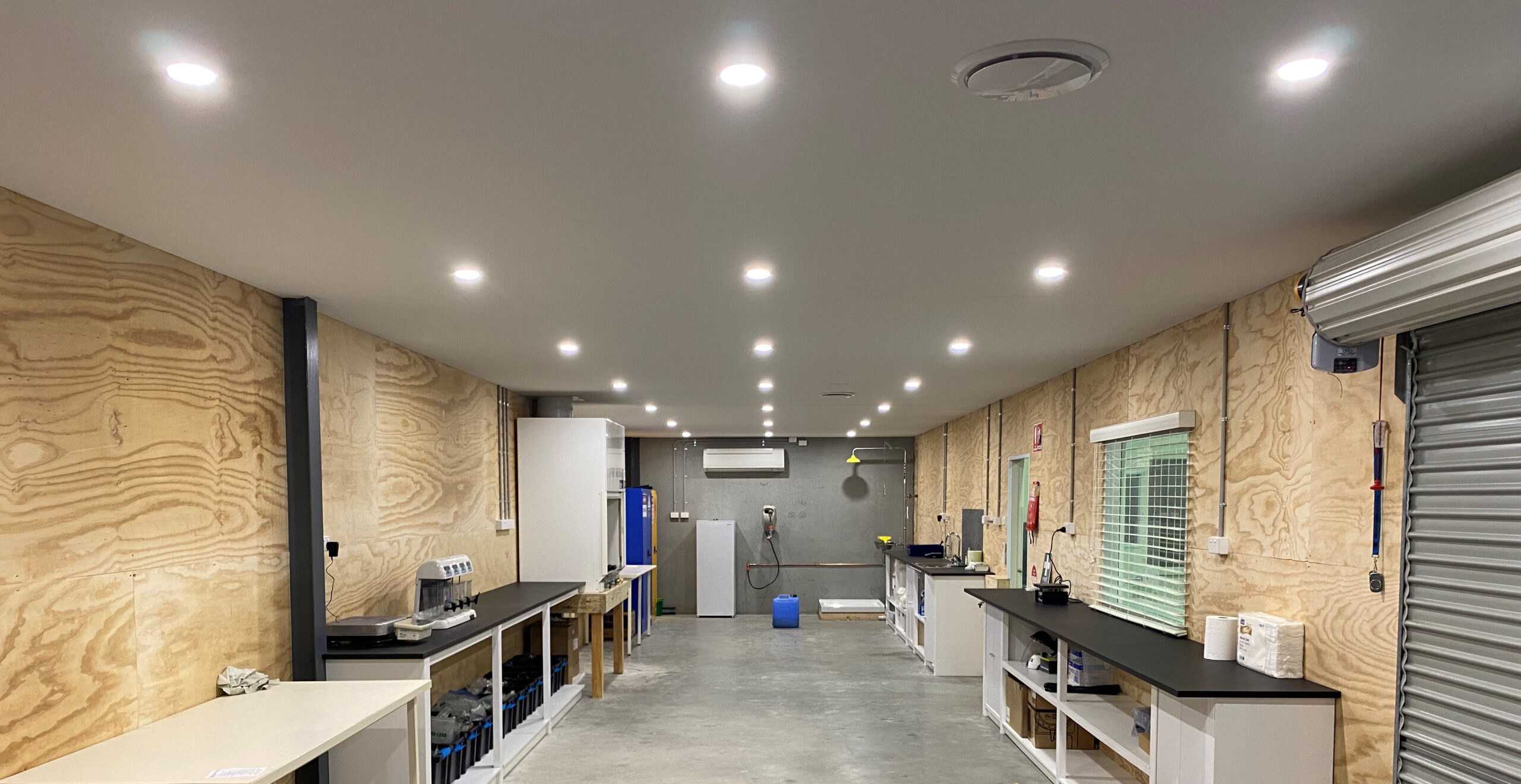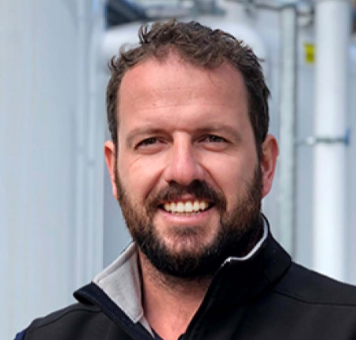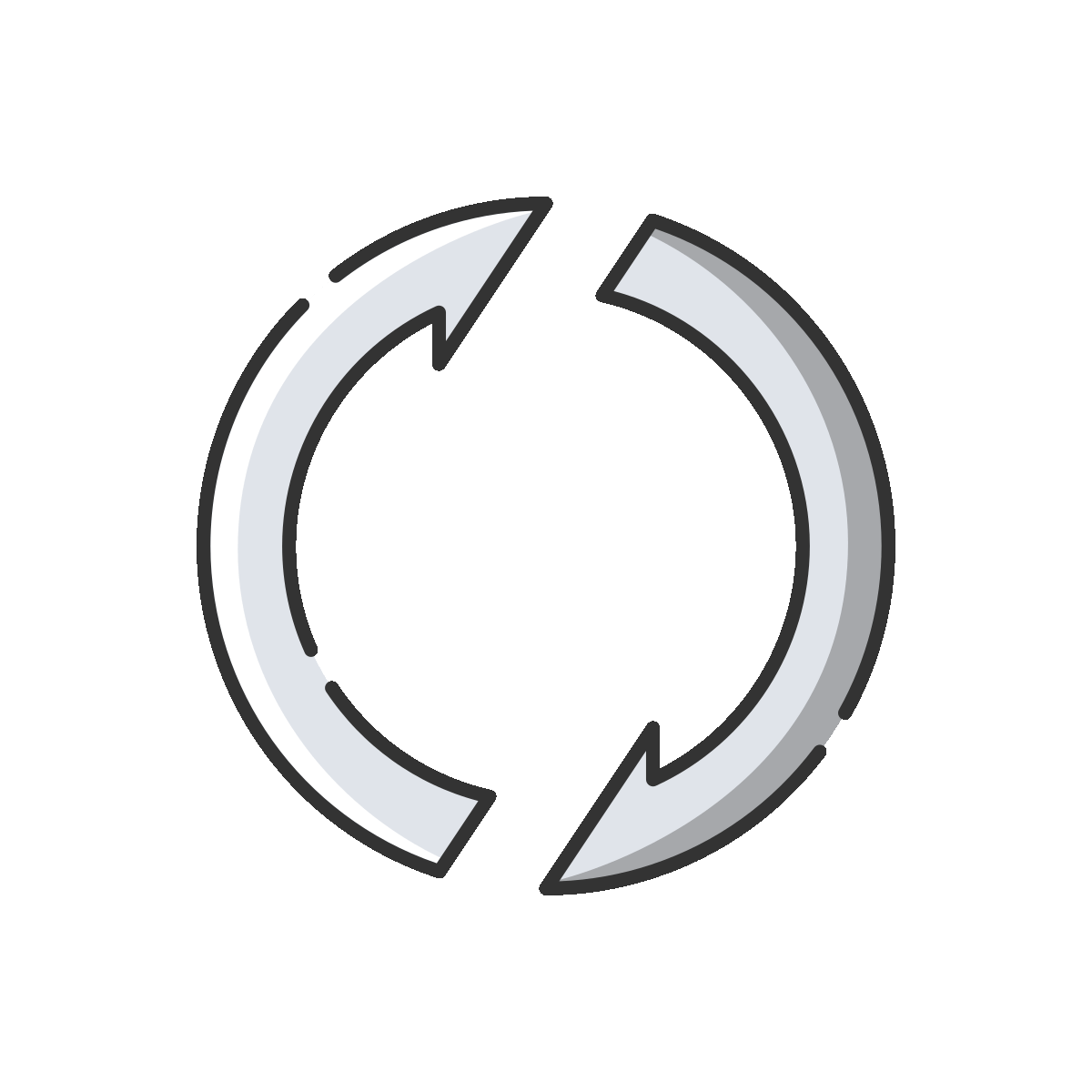Introduction
Some of ECT2’s first projects were for PFAS contaminated sites in 2017. Through the ideation all the way to startup and commissioning of these projects, our team has been intricately involved in all aspects of PFAS treatment, including Research and Development. Therefore, in 2021, an R&D program was formally introduced to engage dedicated resources and establish an in-region laboratory. Since the beginning, ECT2’s Charlie Gordon has been leading the effort and today we will hear from him in more detail on how this group has transformed over time and the value it brings to clients requiring treatment of emerging contaminants.
Development
While ECT2 US has grown their R&D department substantially since inception, we felt that it was important to offer a team in-region for our clients here in Australia. As everyone in the water industry knows, no two waters are the same. While the knowledge gained in the US is invaluable, sometimes tests need to be run locally with fresh samples to really understand the solutions we can develop to solve the issues our clients have. Additionally, we have seen significant analytical cost and turnaround time advantages, so we can do more for less here when it comes to bench testing and other trials.
Since its inception, the resources of the team have doubled, and the capability of the team has continued to grow with experience. Initially, the team were focused on treatment of complex waste streams, including Fluorine Free Foam wastewaters impacted with PFAS. Additional focus areas included the treatment of various naturally occurring co-contaminants found in groundwaters in the Williamtown area, and the development of our capability to deploy various novel treatment technologies, including our patented regenerable resin solutions.
Our Mission and Work
A guiding principle for our R&D team is sustainability. While the type of work we do can differ from what the US team may be focused on, our mission is the same. Both groups want to optimise our existing operations, but also be partners with our local clients by identifying new and novel treatment solutions to complex challenges. Some areas that we are currently focused and energised on are landfill leachate issues, industrial wastewater, construction dewatering, groundwater, and drinking water. For our experienced team, the treatment of PFAS is really very simple. The challenges that our clients bring generally stem from a PFAS issue, but it is often the co-contaminants that make the process challenging. This is what sets our team apart – the ability to understand and determine proper pre-treatment processes that will make our PFAS treatment solutions as efficient as possible.
The work we do is not always easy, but it allows us the opportunity to be problem-solvers. For instance, we are often brought requests from internal and external sources that have incomplete information and uncertain objectives. As with most things in the R&D landscape, sometimes we are put in a position of making smart guesses during the scoping efforts of our trials. For example, we have had a client who requested “zero” PFAS in their liquid discharge. Our team has the ability to treat to non-detect at super ultra trace levels of detection (i.e. less than one part per trillion), and we continue to try to identify practical and achievable treatment solutions to reduce the PFAS concentration to the greatest extent possible. We also need to manage complex co-contaminants that could interfere with or reduce the efficiency of all effective PFAS water treatment technologies.
Some of the team’s proudest achievements have been the successful demonstration of treatment of wastewaters containing both PFAS and fluorine free foam wastewaters. Through our research, we have developed effective and novel pre-treatment systems for groundwater treatment plants. Additionally, as we continue to innovate and refine our process, we have identified new and novel organic removal resins that can make our existing plants more and more efficient.
Upcoming Advancements
In 2024, the team is looking forward to working on the interesting problems our clients bring to us, something that we know will be challenging, but in the end, a rewarding year. We are looking forward to installing and commissioning a new treatment plant at Williamtown based on extensive bench and pilot work completed here with the Australia R&D team. Being able to see the effort translated into a full-scale system on a client site is why we do what we do. We are looking forward to the opportunity to expand our horizons further into the Australian market. While we got our start with PFAS, our team has grown in both size and experience, and we look forward to pushing boundaries and starting work on other contaminants and challenges, such as selenium treatment.
The video below was filmed back when the R&D lab in Australia first started operation in 2021:

 Charlie Gordon
Charlie Gordon 